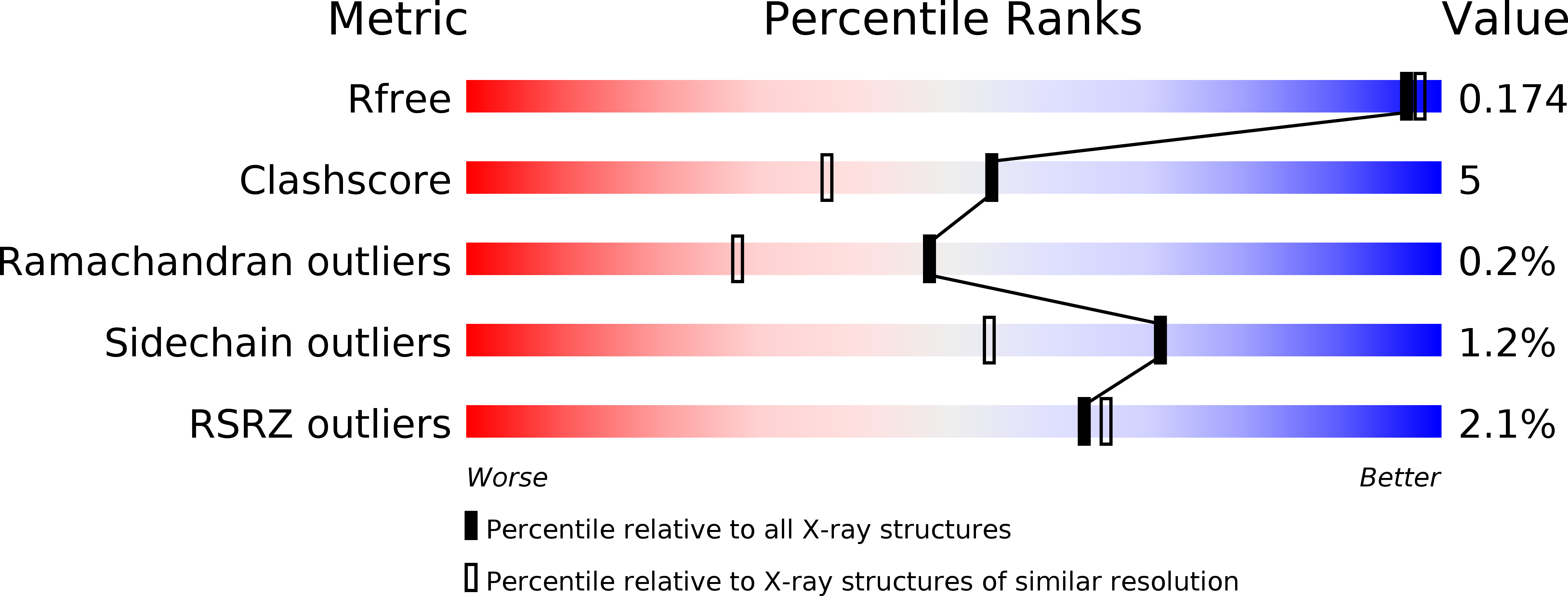
Deposition Date
2019-11-25
Release Date
2019-12-25
Last Version Date
2023-10-11
Entry Detail
PDB ID:
6V2N
Keywords:
Title:
Crystal structure of E. coli phosphoenolpyruvate carboxykinase mutant Lys254Ser
Biological Source:
Source Organism:
Escherichia coli (Taxon ID: 562)
Host Organism:
Method Details:
Experimental Method:
Resolution:
1.65 Å
R-Value Free:
0.17
R-Value Work:
0.14
R-Value Observed:
0.14
Space Group:
P 1 21 1


